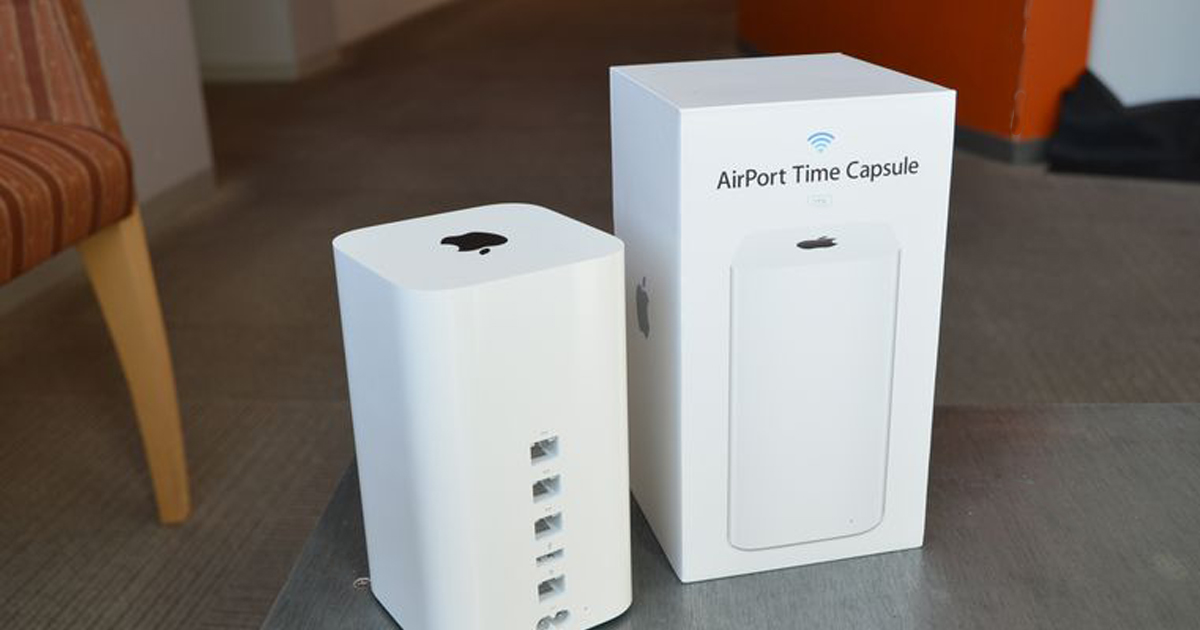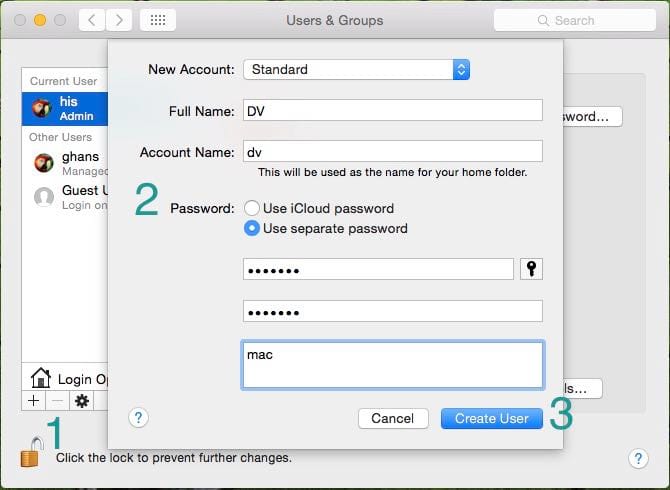

- #How to build a nas for mac how to
- #How to build a nas for mac upgrade
- #How to build a nas for mac Offline
- #How to build a nas for mac series
- #How to build a nas for mac windows
#How to build a nas for mac upgrade
I upgrade my main workstation and laptop every two to three years, and migrating my data between computers was always a pain. I find it helpful to decouple data storage from my other systems. So, why have a whole dedicated server for data? After all, every computer stores data. A NAS server’s primary job is storing data and making it available to other computers on your network. The Synology DS1817+ costs only $850, with everything set up, configured, and ready to run.Background 🔗︎ Why build a NAS server? 🔗︎


That's not all that much of a savings over the appliance devices, especially if you factor in not only your time, but the energy costs of a bigger tower machine. I recently tried to price similar components to what I was running in my home-built NAS boxes and came up with about $750.
#How to build a nas for mac series
However, as my review series showed, you can find an appliance NAS with just about any feature you could possibly want, including direct output to a TV, if you happened to want such a thing. Over the course of 2017, I had a chance to look at seven desktop NAS devices, including the Drobos and the best-in-show Synology machines, and it became abundantly clear that the era of incredibly capable and cost-effective appliance NAS devices is here.Īt this point, I can't recommend building your own NAS unless you have a unique requirement that's just not met by an appliance NAS.
#How to build a nas for mac Offline
By the time we moved to Oregon in the fall, those tanks had been offline for a few years and I realized it was time to take them permanently out of service. I found that the ease of setup and the ease of maintenance was incredibly compelling, especially since I was so busy.Įventually, the hand-made NAS boxes, the big tanks, got relegated to offline backup storage. Over time, I wound up purchasing four Drobos, both direct-attached and networked. When it came time to add more storage, I decided to move to my first Drobo array.

But more importantly, I had the storage array I needed within the budget I could spend.īut then came the age of appliance NAS devices, like the Drobo and Synology machines.
#How to build a nas for mac windows
Once everything worked, I had to set up the file sharing system (which was originally based on XP, then Windows 8, and then, finally, Linux). I found some nice cases that had space for all the bays, but I had to do some cutting, drilling, and bashing to make it all fit. Making it easy to remove and swap the drives required two five-bay drive trays. At the time, it was relatively easy to hang up to six drives off of one motherboard, but adding another five required some add-on boards. The big effort was sourcing all the parts. One machine had ten 1TB drives, while the second had ten 2TB drives.īuilding them was fun, but challenging and a bit annoying. One tank was for live data, and the other kept backups of the primary server.Īt that time, it was difficult to get a desktop size (or desktop budget) NAS that would hold as many drives as I needed to run. These two machines each had ten drive bays, along with one boot drive. That process culminated in the media tank builds I did in the mid-2000s. Until about five years or so ago, I always built my own. Because of the kinds of work projects I've had to do over the years, I've always needed a lot of storage. I'll tell you it's somewhere north of 150 terabytes, probably closer to 200 by now. At this point, I've lost track of how much storage I have here in my home office.
#How to build a nas for mac how to
If you're on the fence or just learning about how to manage your own storage array, read on. Instead, this article is for the person who's really trying to understand the trade-offs, to decide what the best course of action is based on cost, effort, and other factors. If you're the sort who would always build your own NAS, go ahead. If you're a person who always builds your own PCs or servers, this article isn't for you. How to plan, manage, and optimize enterprise storage to keep up with the data deluge.


 0 kommentar(er)
0 kommentar(er)
